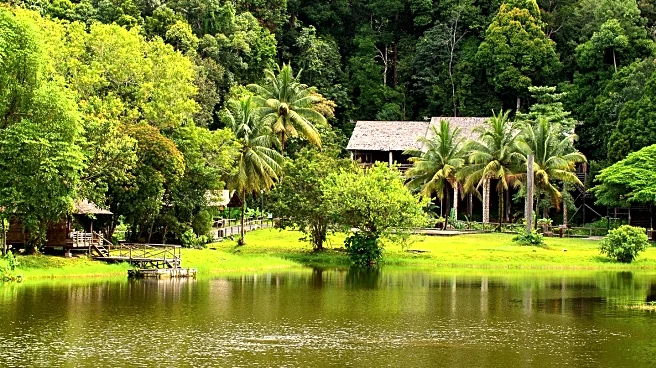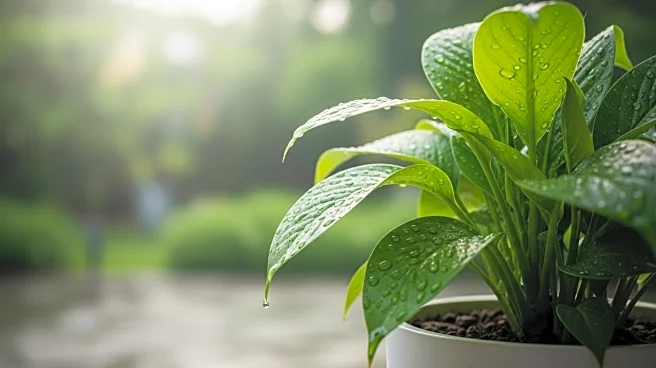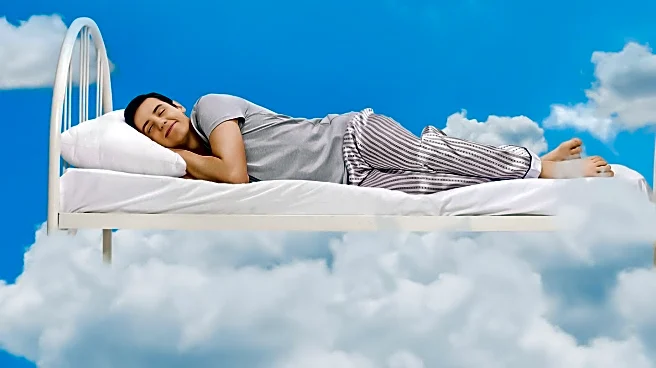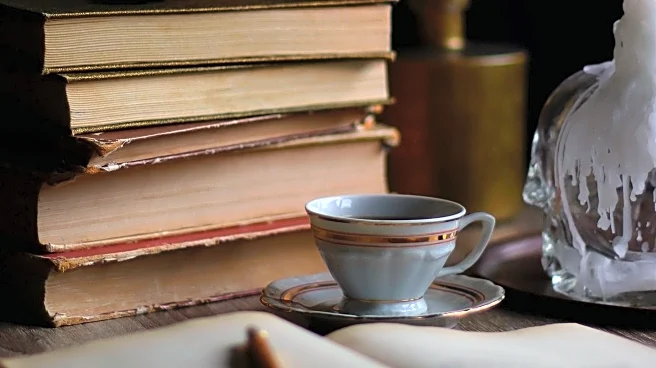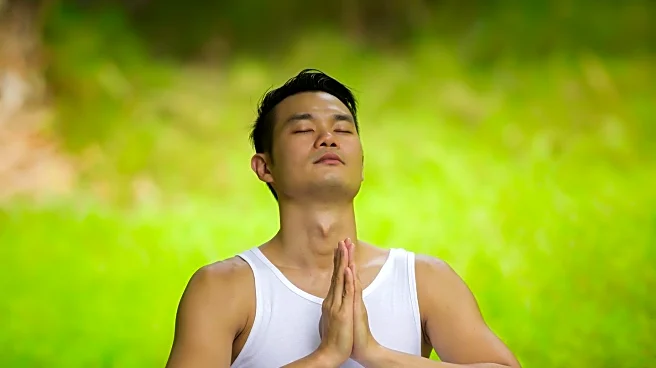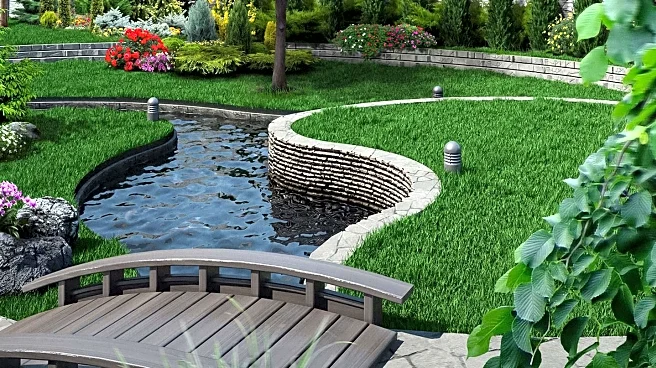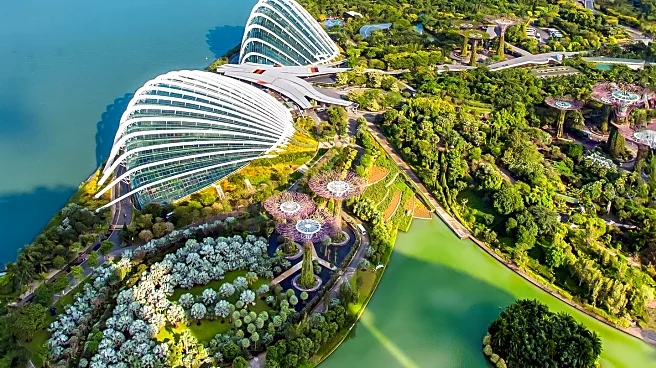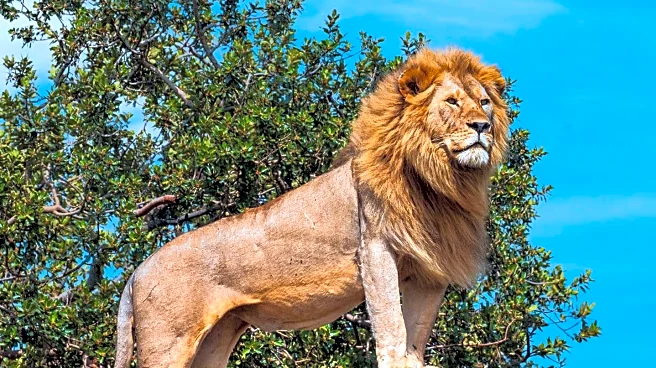What is the story about?
What's Happening?
In Tel Aviv's Shapira neighborhood, a 43-year-old scientist named Gil has transformed his 70 square meter apartment into a lush, tropical retreat. The apartment, filled with hundreds of plants, resembles a miniature rainforest. Gil's passion for plants began 12 years ago, and his collection has grown significantly, especially after the COVID-19 pandemic when more plants and growing knowledge became accessible. The apartment features a variety of tropical plants, herbs, and cacti, maintained with minimal effort using grow lamps and biological pest control. Gil's home serves as a peaceful refuge from the bustling city, offering a therapeutic environment amidst dense greenery.
Why It's Important?
Gil's transformation of his apartment into a tropical retreat highlights the growing trend of urban gardening and indoor plant cultivation, which gained popularity during the COVID-19 pandemic. This movement reflects a broader societal shift towards creating personal green spaces for mental health and environmental benefits. Urban gardening can contribute to improved air quality, reduced stress, and increased biodiversity in city environments. Gil's approach demonstrates how individuals can integrate nature into their living spaces, promoting sustainability and well-being in urban settings.
What's Next?
As urban gardening continues to gain traction, more individuals may seek to create similar green spaces in their homes, potentially leading to increased demand for indoor plants and gardening supplies. This trend could influence urban planning and architecture, encouraging the incorporation of green spaces in residential designs. Additionally, the community of plant enthusiasts may expand, fostering knowledge exchange and innovation in sustainable living practices. Gil's experience may inspire others to explore creative ways to integrate nature into their daily lives, enhancing urban environments.
Beyond the Headlines
Gil's apartment transformation also touches on cultural and artistic dimensions, as he integrates souvenirs and art from his travels into the design. This fusion of nature and personal history creates a unique living space that reflects his identity and experiences. The project underscores the potential for indoor gardening to serve as a form of self-expression and creativity, allowing individuals to craft personalized environments that resonate with their values and aesthetics.
AI Generated Content
Do you find this article useful?
